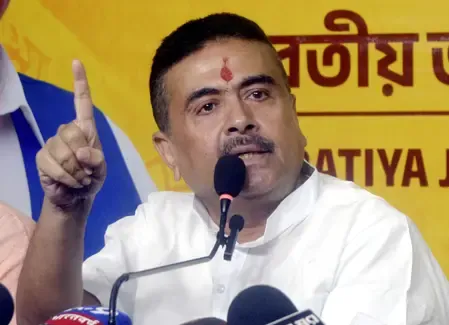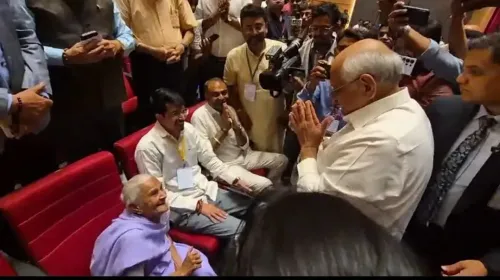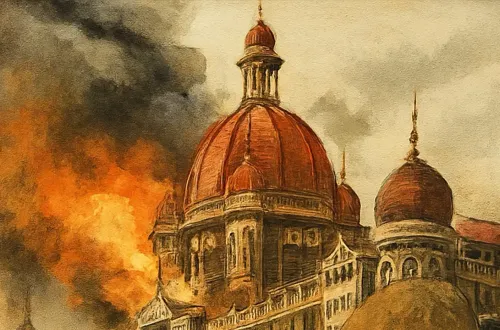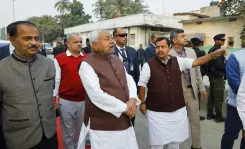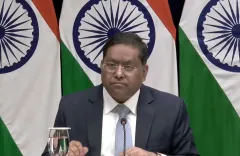Will Hyderabad Become One of India's Largest Urban Conglomerates with 27 ULBs Merging into GHMC?
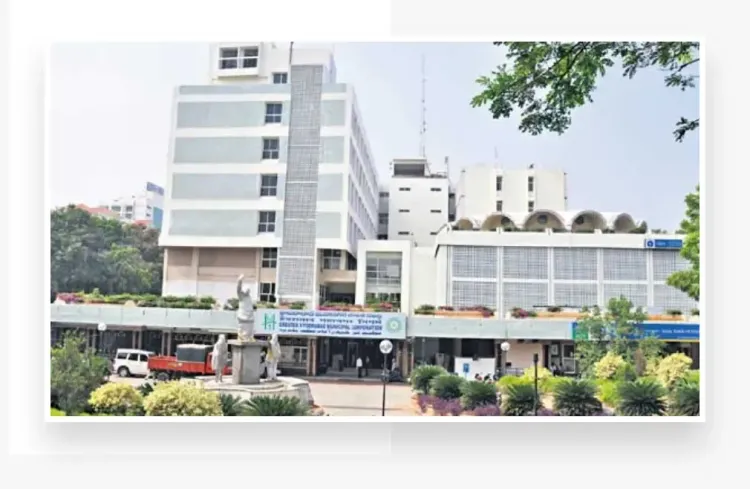
Synopsis
Key Takeaways
- Hyderabad's urban area will expand significantly.
- Standardized urban services and infrastructure will be introduced.
- The merger aims to mitigate congestion and environmental stress.
- Efficient resource mobilization and disaster management are anticipated.
- The merger is a strategic move towards planned urban development.
Hyderabad, Nov 25 (NationPress) In a significant step poised to establish Hyderabad as one of the largest urban conglomerates in India, the Telangana Cabinet has made the decision to integrate all municipalities and corporations located within the Hyderabad Telangana Core Urban Area with the Greater Hyderabad Municipal Corporation (GHMC).
During its Tuesday meeting, led by Chief Minister A. Revanth Reddy, the Cabinet sanctioned the merger of 27 Urban Local Bodies (ULBs)—including municipalities and corporations—situated within, adjacent to, and outside the Outer Ring Road with the GHMC.
The Cabinet also approved essential amendments to the GHMC Act and the Telangana Municipal Act to facilitate this merger.
The areas earmarked for integration into the GHMC comprise Pedda Amberpet, Jalpally, Shamshabad, Turkayamjal, Manikonda, Narsingi, Adibatla, Thukkuguda, Medchal, Dammaiguda, Nagaram, Pocharam, Ghatkesar, Gundlapochampally, Thumkunta, Kompally, Dundigal, Bollaram, Tellapur, Ameenpur, Badangpet, Bandlaguda Jagir, Meerpet, Boduppal, Peerzadiguda, Jawaharnagar, and Nizampet.
This merger is projected to expand the GHMC's area from the current 650 square kilometers to approximately 1,800 to 2,000 square kilometers.
As a result, Hyderabad will emerge as one of the most extensive urban conglomerations in the nation.
The initiative aims to promote uniform and regulated urban development, ensuring planned growth, improved infrastructure, and efficient service delivery.
It is anticipated that this merger will also help mitigate unplanned settlement growth, congestion, and environmental strain.
According to the Municipal Administration and Urban Development Department, integrating these 27 ULBs with the GHMC will enhance resource mobilization, disaster management, and attract investment.
The department emphasized that unchecked growth in peripheral municipalities has resulted in significant disparities in urban services, infrastructure quality, and planning standards.
By merging these ULBs with the GHMC, it will establish equitable benchmarks for housing, roads, sanitation, water supply, and public amenities.
The proposal for the merger of 27 ULBs has been under consideration for several months and the decision follows the conclusion of the local bodies' term.
The current term of the GHMC is also set to end in February 2026.


